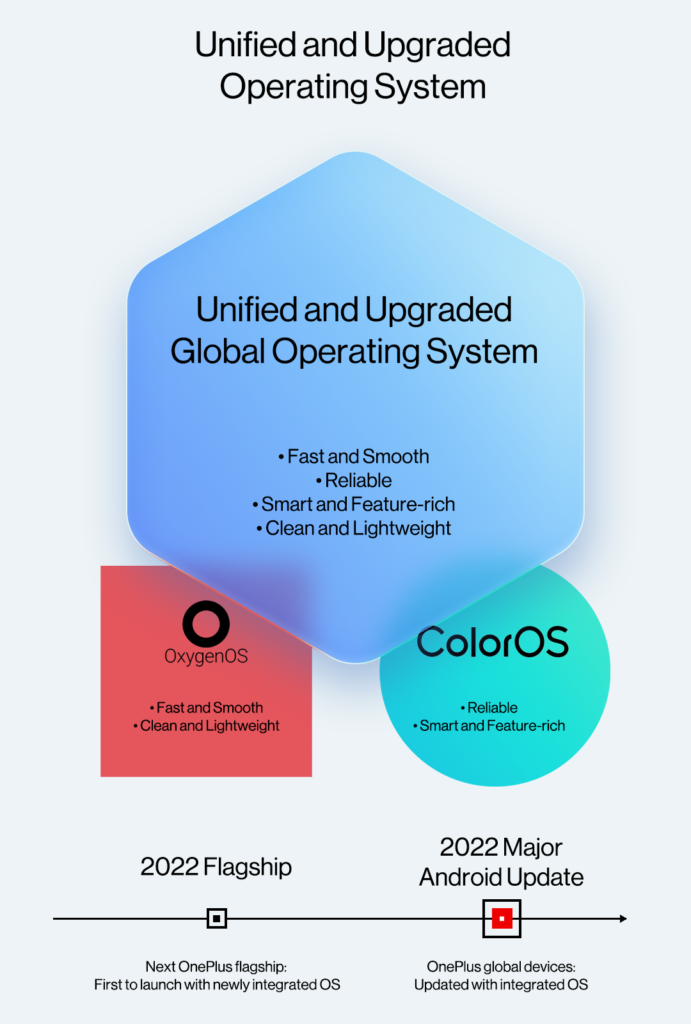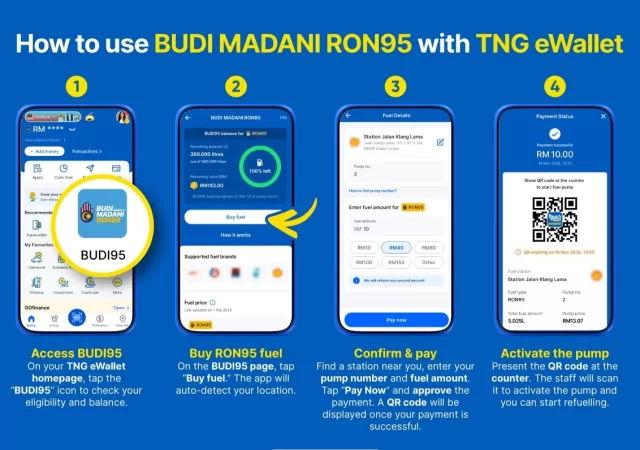OnePlus started out very early on in its life as that one smartphone brand that was a little out of the norm. In its early days, they dubbed their first ever smartphone, the OnePlus One, the ‘flagship killer’. There is a good reason for that. The OnePlus One had killer specs, hardware that you can only find on flagship devices at the time. While remaining at the top of the food chain, they managed to keep prices low. The OnePlus One’s asking price was a fraction of what manufacturers at the time ask for their flagships.
They were a bit of a Cinderella story too, to be fair. The founders of OnePlus, according to legends, left the highly successful and progressive HTC at the time to start the brand. They had to figure out how to design a smartphone and manufacture the devices at ridiculously low prices within just a few months. They delivered the OnePlus One. But they were running off the production line of OPPO, which was understandable. They would not have had the time and money to build their own production line anyway.
OnePlus’ Reliance on OPPO
They have never moved to their own production facility though. That also means that they share the same part bin as OPPO. That is also why over the years, the OPPO flagship devices share plenty of similarities to OnePlus’ own. They usually share the same specs and hardware within their flagship line-up only to differ slightly in terms of how they look. Last year’s flagships were differentiated by Hasselblad’s involvement too.
While we are seeing more and more of OPPO in the other brand, both parties have remained steadfast and committed to staying distinct. They started out with offering CyanogenOS on their devices and later moved to their own OxygenOS. They have also remained distinct by having their own unique design languages. It is not clever for a manufacturing plant to be producing two completely different units of flagships though, so the devices share plenty of similar design cues too.
OnePlus 2.0

It looks like the next phase for OPPO and OnePlus will not be a unique journey for each brand anymore though. OnePlus have announced their OnePlus 2.0 roadmap. The announcement basically entails that they are now a single entity with OPPO. That also means that while each brand may be selling devices with their own unique branding, the device that comes out of both may not be so unique.
The merge of both companies will cover the entirety of the engineering and development teams. That also means that OPPO and OnePlus will have access to the same patented technologies that may have been kept separate and unique from each brand. The merge will also cover OxygenOS and ColorOS though. According to the announcement, OPPO and OnePlus will be developing a single unified platform that is supposed to be the culmination of the best of both platforms. While the branding will remain separate, the platform’s underlying codes will be similar, which also means you should have similar experiences out of both brands, however they designed the platform. Of course, they are still Android based.
With the announcement also, OnePlus has also confirmed that there will be no new flagship smartphone from them this year. They will not be refreshing the OnePlus 9 in the 9T form. If you want to see a new OnePlus, you will have to wait until next year, in this case.
The Matter of the Merge
While it may not seem like a great thing for one brand, this merge is more beneficial to both OPPO and OnePlus than it may seem. The merger allows OnePlus to and OPPO to gain insights from each other. Both brands have served different market groups and have extensive knowledge on building formidable smartphones. While both brands offer highly distinctive smartphone experiences, they have the ability to offer similar experiences or merge to create a completely new one that could better serve new and old customers alike.
Of course, one cannot ignore the financial benefits that OPPO and OnePlus will be getting from the merger. More money for OnePlus means more development resources. The learnings from Hasselblad will also accelerate OPPO’s camera technology. Obviously, by merging two brands, they are hitting a larger group of audience and buyers.
While all that sounds like a great thing, especially in the battle for supremacy in the smartphone industry, it could easily backfire. Since both brands come from slightly different market segments, internal rife could happen. Engineers from both ends might not agree on how the device should be designed and its capabilities. On the User Interface (UI) end, how OPPO and OnePlus balance having the right features from their own platforms will also be crucial to the success of the merge.
Whatever it is though, it is definitely one of the most interesting development in the industry at this point. While we may not be seeing a smartphone coming out of this merger anytime soon, we can expect OPPO and OnePlus to be a lot more competitive in the flagship smartphone market. At least OPPO and OnePlus are optimistic about the merge, we should be too.






